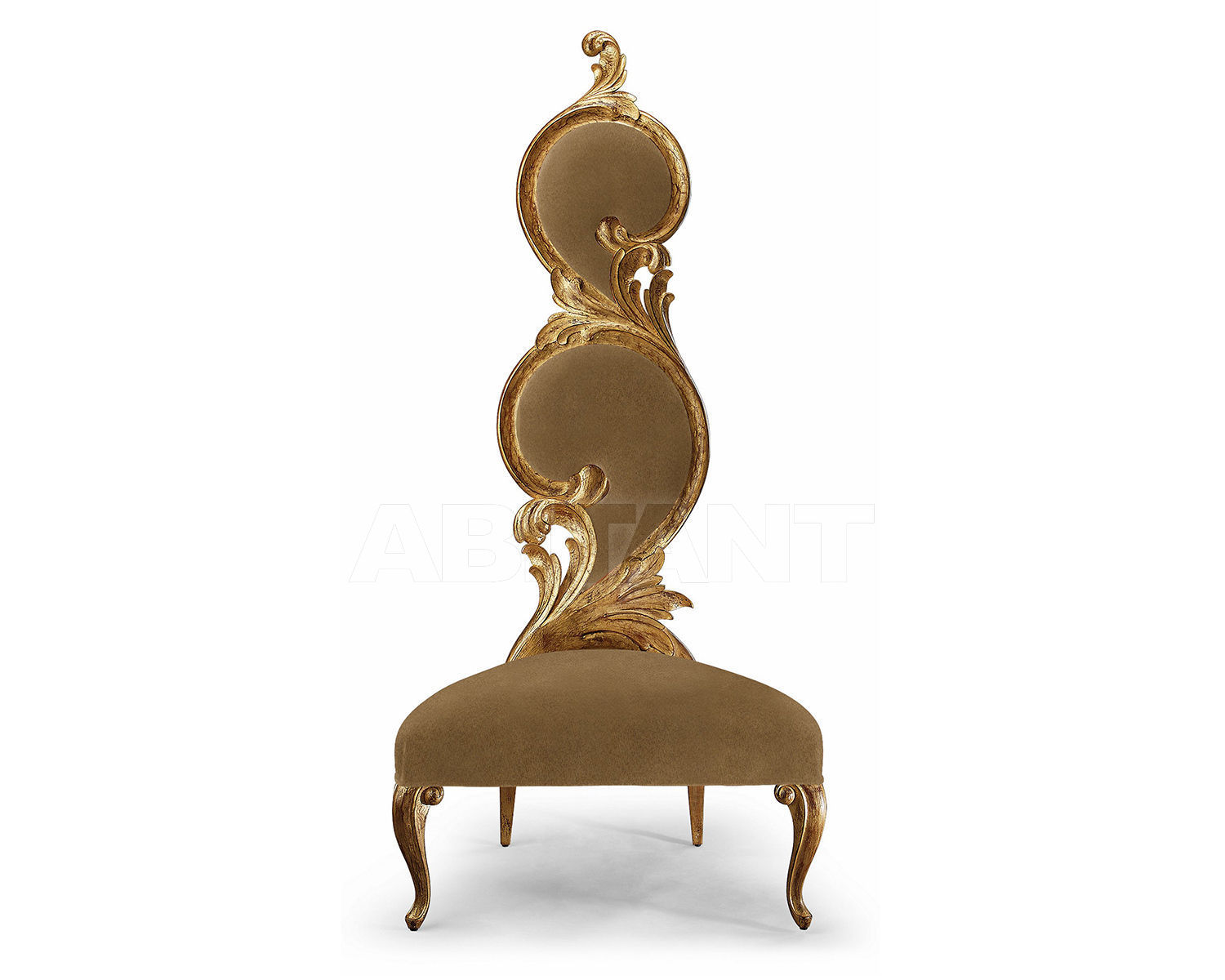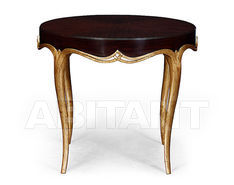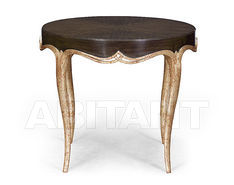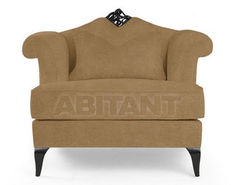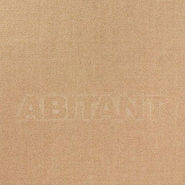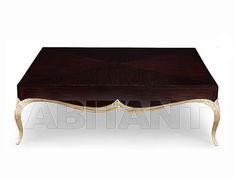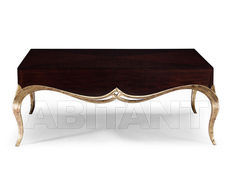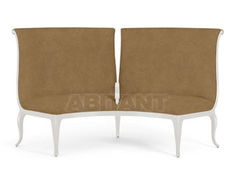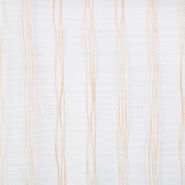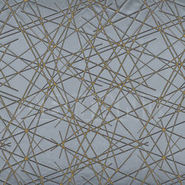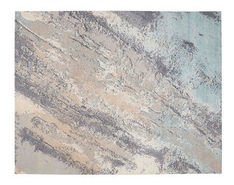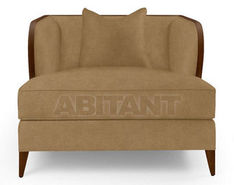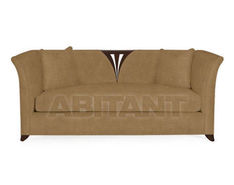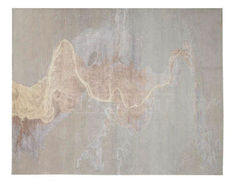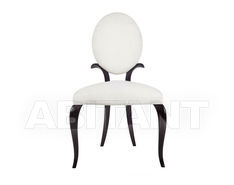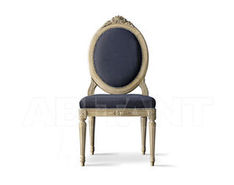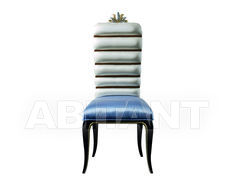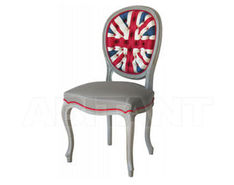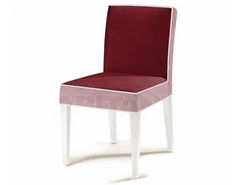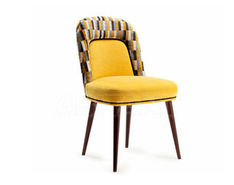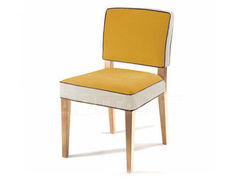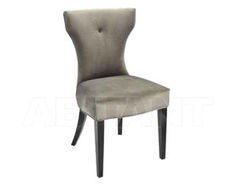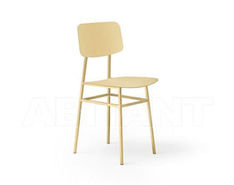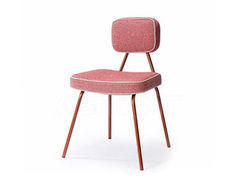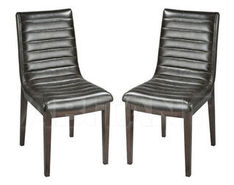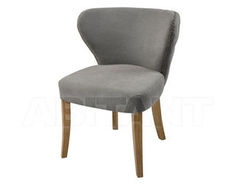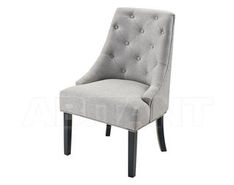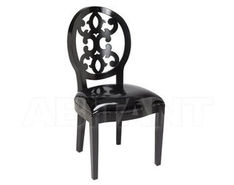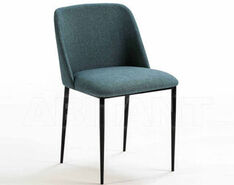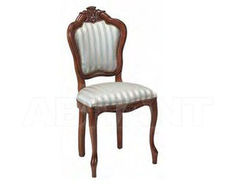Sizes

83 cm
77 cm
175 cm
Product Specifications
| Materials | Wood |
|---|
| Shape | Rectangular, Rounded |
|---|
| Upholstery | Fabric |
|---|
| Type of sitting | Soft |
|---|
| Adjustments | Without Adjustment |
|---|
| Avaliability of legs | Yes |
|---|
| Legs shape | Curved |
|---|
| Avaliability of back | Yes |
|---|
| Back shape | Straight |
|---|
| Back type | Soft, High Back |
|---|
| Modifications | Сarved Elements, Gilded Elements |
|---|
| Dimension with package | 1.30 m3 |
|---|
| Functional Purpose | For Living Room, For Home |
|---|
Style
Art Deco / Art Nouveau
Art Deco is a relatively young style that emerged at the beginning of the 20th century. It owes its existence to France and the French, and it used to represent the combination of modern and neoclassical styles in architecture, fashion and art. Then, in the 1970s, the term "Art Deco" was extended to also mean a style of interior design. This style's characteristic feature is the seemingly impossible fusion of classical straight lines and strict forms with the asymmetry of luxury and splendour. Art Deco interior design implies an abundance of expensive, exotic materials, plenty of curved lines, mythical paintings and tapestries of dragons and peacocks. Art Deco is considered to be the most original style of interior design, it leans toward ostentatious luxury and splendour and absolutely does not tolerate asceticism or minimalism. When decorating in this style, designers often use inclusive fountains, podiums, forged lattice, exotic fans, marble decorations and stained glass. Art Deco furniture also has to be unique in appearance and very rich - created using light wood, genuine leather, chromium-plating.
Loft / Fusion / Vintage / Retro
Combining the incompatible: the Viennese chairs, lamps by Philippe Starck, the bathroom in the style of hi-tech and Empire-style doors. All of this is eclectic and is called "fusion».
By combining several trends in a single interior design it is possible to create a sort of "artful chaos" that is the "Fusion" style. However, it is not that simple. Fusion implies extraordinary ideas that transcend the commonly accepted stereotypes. Fusion is an experiment. There are no rules when creating a Fusion interior, for there cannot be. It is a mix of styles, each time with different ingredients and in different proportions. That's why a Fusion-style interior cannot be copied - the style itself does not allow any copying. It opens up great opportunities for creativity and can satisfy widely varied tastes and requirements. Fusion likes the daring. It often incorporates seemingly unmixable items that we're used to seeing in specific interior styles: Classical, Baroque or even High-Tech.
Empire / Baroque / French
Baroque, Rococo, Classical and Empire became the most famous styles of the 18th and the beginning of the 19th century. These styles were also often called Royal, as their main attributes are luxury, wealth and opulence. They are well-suited for vast rooms with high ceilings. Characteristic elements of decor include fretwork, murals, paintings and sculptures, sometimes carvings. The Classical style was, perhaps, the most reserved of the four, though it was no less majestic. The Empire is its continuator. It implies solemnity, magnificence, symmetry, volume. Copious amounts of mirrors, tapestries and fireplaces, luxurious fabrics and refined screens are also a hallmark of French classical styles.


